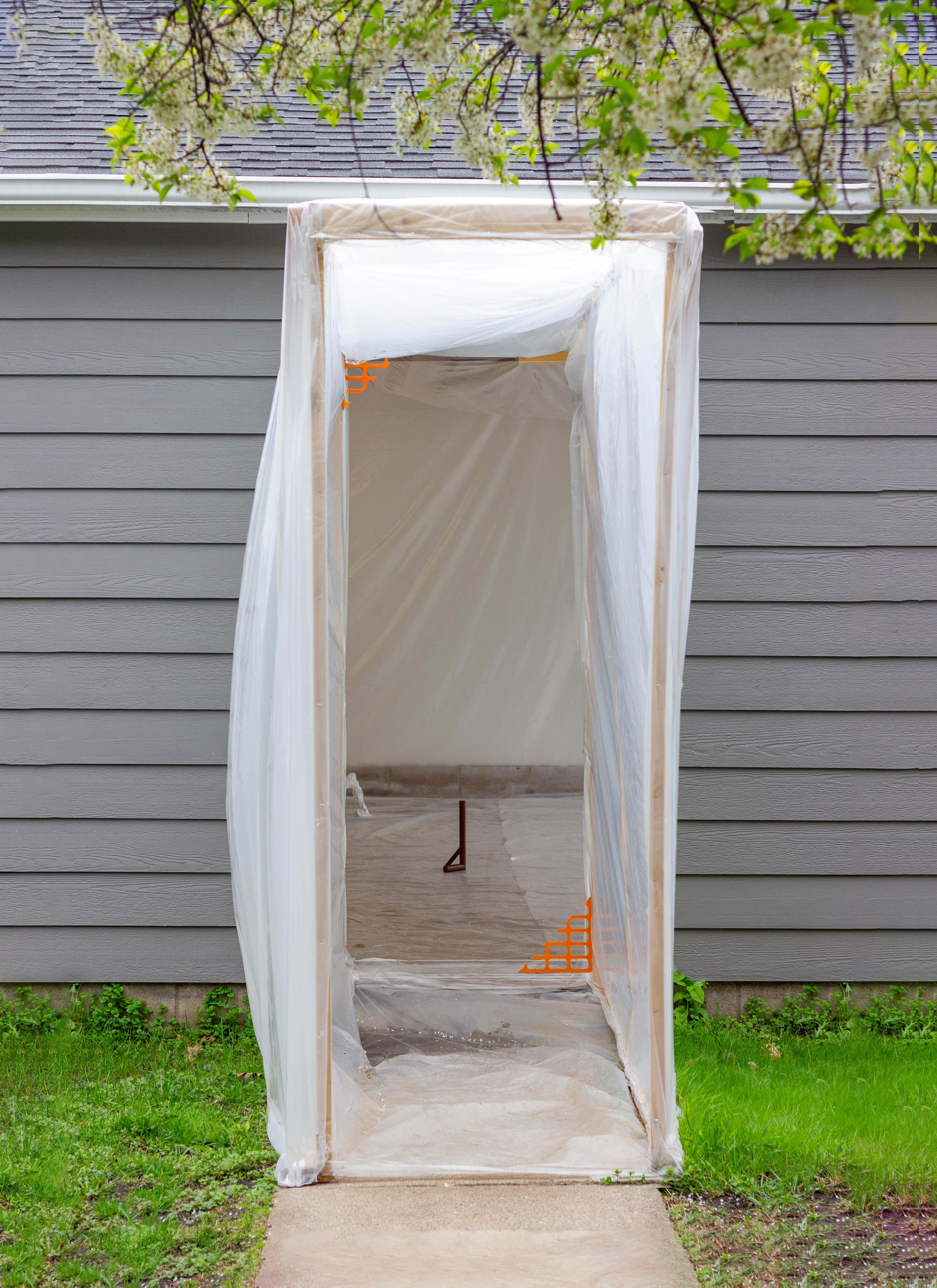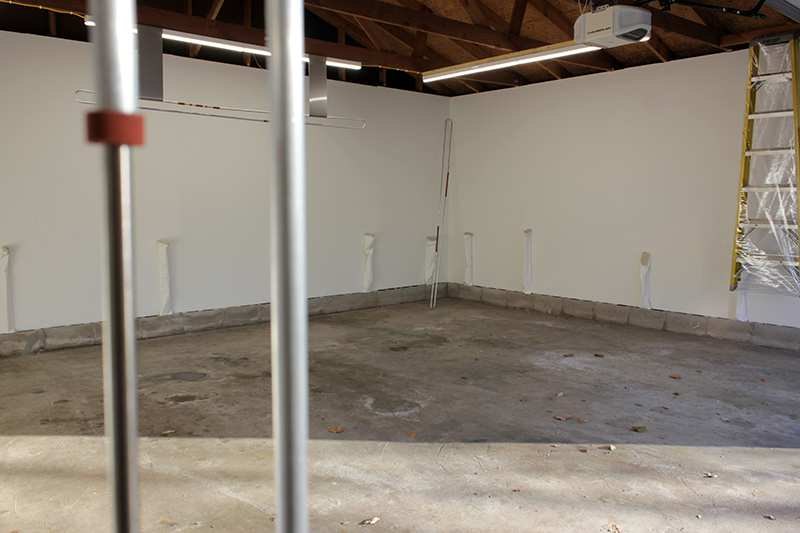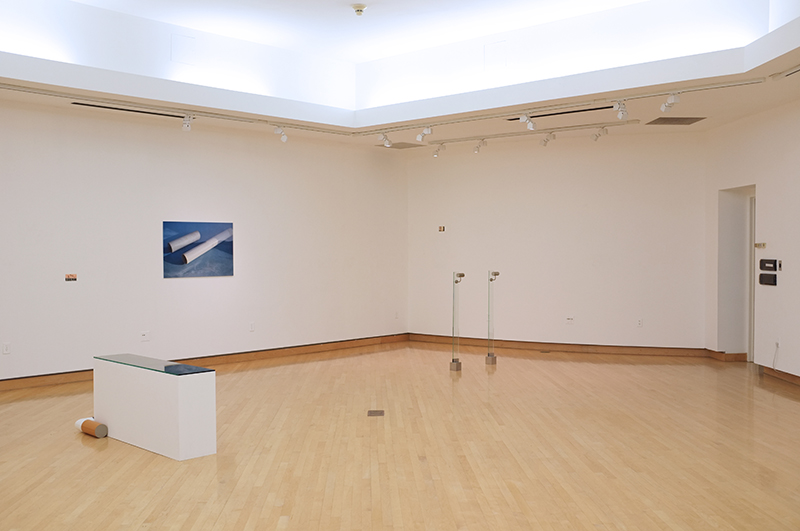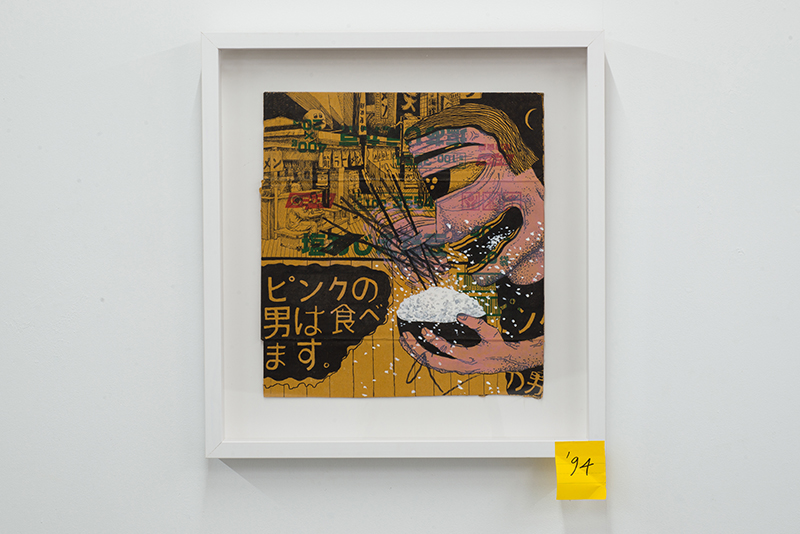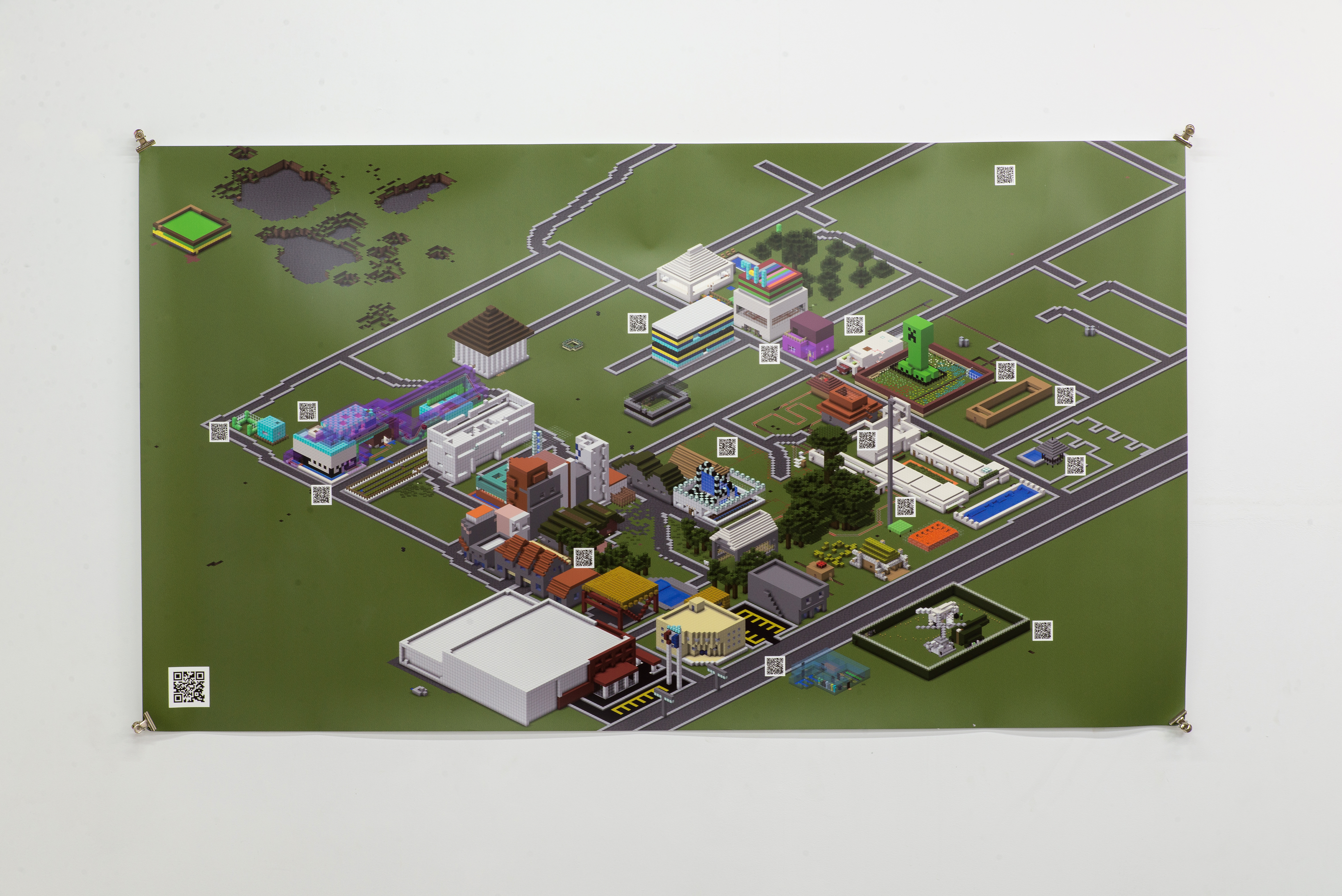FOGSTAND
Gallery & Studio
GOODBYE!
漢 ︎︎︎ EN
Contact ︎︎︎ 聯絡
Support ︎︎︎ 贊助
About ︎︎︎ 關於
Exhibition
Archive ︎︎︎ 歷年
Artist ︎︎︎ 藝術家
Workshop ︎︎︎ 工坊
Residency ︎︎︎ 駐村
News ︎︎︎ 新聞
Shop ︎︎︎ 販售
Gallery & Studio
GOODBYE!
漢 ︎︎︎ EN
Contact ︎︎︎ 聯絡
Support ︎︎︎ 贊助
About ︎︎︎ 關於
Exhibition
Archive ︎︎︎ 歷年
Artist ︎︎︎ 藝術家
Workshop ︎︎︎ 工坊
Residency ︎︎︎ 駐村
News ︎︎︎ 新聞
Shop ︎︎︎ 販售
FOGSTAND Gallery & Studio is a nonprofit art space and creative education centre. The space is temporarily closed.
This website has served as an online archive since 2024.
©2014-2025
FOGSTAND Gallery & Studio. All rights reserved.





















Exhibition on view: 10/03/2014 - 10/12/2014
Opening : 10/03/2014, 1-5pm
Venue: FOGSTAND @ Hualien, Taiwan
Cut-up technique
The cut-up technique is an aleatory literary technique in which a text is cut up and rearranged to create a new text. The concept can be traced to at least the Dadaists of the 1920s, but was popularized in the late 1950s and early 1960s by writer William S. Burroughs, and has since been used in a wide variety of contexts.
The cut-up and the closely associated fold-in are the two main techniques:
Cut-up is performed by taking a finished and fully linear text and cutting it in pieces with a few or single words on each piece. The resulting pieces are then rearranged into a new text, such as in poems by Tristan Tzara as described in his short text, TO MAKE A DADAIST POEM.
Fold-in is the technique of taking two sheets of linear text (with the same linespacing), folding each sheet in half vertically and combining with the other, then reading across the resulting page, such as in The Third Mind.
Special Thanks
Hualien Second-hand used bookshop, Taiwan Fund for Children and Families in Hualien, all workshop students, volunteers from everywhere and Jiali Village
Opening : 10/03/2014, 1-5pm
Venue: FOGSTAND @ Hualien, Taiwan
Cut-up technique
The cut-up technique is an aleatory literary technique in which a text is cut up and rearranged to create a new text. The concept can be traced to at least the Dadaists of the 1920s, but was popularized in the late 1950s and early 1960s by writer William S. Burroughs, and has since been used in a wide variety of contexts.
The cut-up and the closely associated fold-in are the two main techniques:
Cut-up is performed by taking a finished and fully linear text and cutting it in pieces with a few or single words on each piece. The resulting pieces are then rearranged into a new text, such as in poems by Tristan Tzara as described in his short text, TO MAKE A DADAIST POEM.
Fold-in is the technique of taking two sheets of linear text (with the same linespacing), folding each sheet in half vertically and combining with the other, then reading across the resulting page, such as in The Third Mind.
Special Thanks
Hualien Second-hand used bookshop, Taiwan Fund for Children and Families in Hualien, all workshop students, volunteers from everywhere and Jiali Village
FOGSTAND’s Guerrilla language program consisted of a workshop focused on the concept of language, namely how language opens up the ability to differentiate and combine under a shared sign. The Guerrilla language program specifically aimed to teach Indigenous children and teenagers the significance of their native language without going into the actual instruction of any language. Our program attempted to produce what could be seen as dystopian examples of language losing the ability to properly signify. Ultimately, language is the actual world, in that we only touch upon its sense through our shared use of a language. An actual world lost if the language is lost.
The actual workshop took place in the form of pseudo-game with a single rule: To cut out all the speech bubbles from both sides of a manga page until the overlapping pages no longer reveal speech bubbles underneath. To be more specific, the cutting of bubbles will leave holes in the page. These holes will reveal the page directly underneath. If these holes show more speech bubbles, then they also must be cut out. The process is not unlike digging deeper into the book. The result is a series of pages overlapping visual information due to the loss of speech bubbles. With the loss of speech, the images loose their ability to make sense. After the image is finished, the student can now take all the speech bubbles and create a story of their own, or attempt to re-construct the story from their memory.
In closing, it must be noted that this program was not meant to be scare tactics, urging Indigenous children to revolt against their national language. Instead, FOGSTAND was merely attempting to re-engage the identity of aboriginal language through the concepts and methods of current “post-historical” contemporary art practices. Although difficult and atypical, it is rewarding to see how contemporary art’s struggle with self-definition can inspire the re-definition of aboriginal identity, by and for aboriginals.
︎︎︎ 漢
The actual workshop took place in the form of pseudo-game with a single rule: To cut out all the speech bubbles from both sides of a manga page until the overlapping pages no longer reveal speech bubbles underneath. To be more specific, the cutting of bubbles will leave holes in the page. These holes will reveal the page directly underneath. If these holes show more speech bubbles, then they also must be cut out. The process is not unlike digging deeper into the book. The result is a series of pages overlapping visual information due to the loss of speech bubbles. With the loss of speech, the images loose their ability to make sense. After the image is finished, the student can now take all the speech bubbles and create a story of their own, or attempt to re-construct the story from their memory.
In closing, it must be noted that this program was not meant to be scare tactics, urging Indigenous children to revolt against their national language. Instead, FOGSTAND was merely attempting to re-engage the identity of aboriginal language through the concepts and methods of current “post-historical” contemporary art practices. Although difficult and atypical, it is rewarding to see how contemporary art’s struggle with self-definition can inspire the re-definition of aboriginal identity, by and for aboriginals.
︎︎︎ 漢































